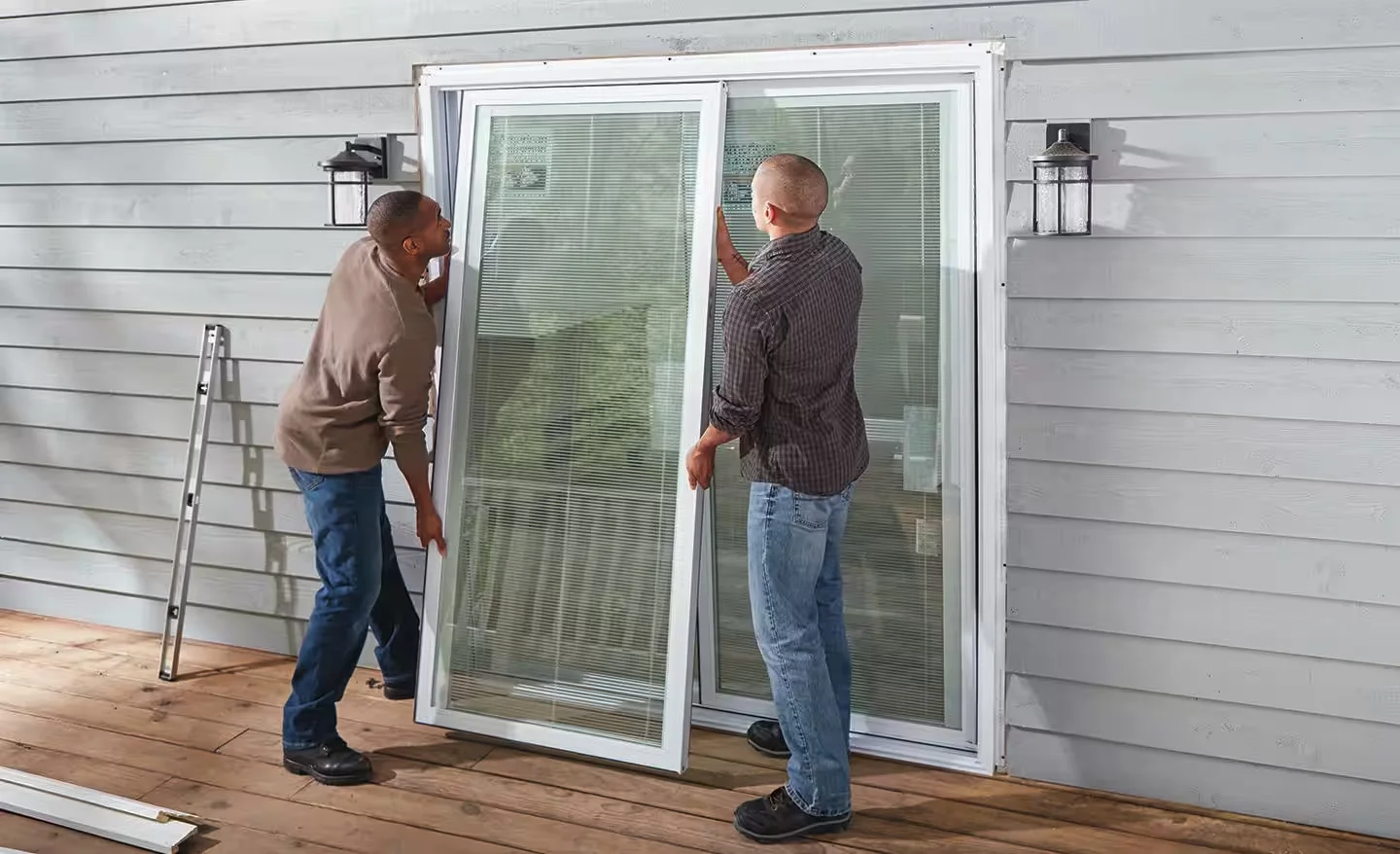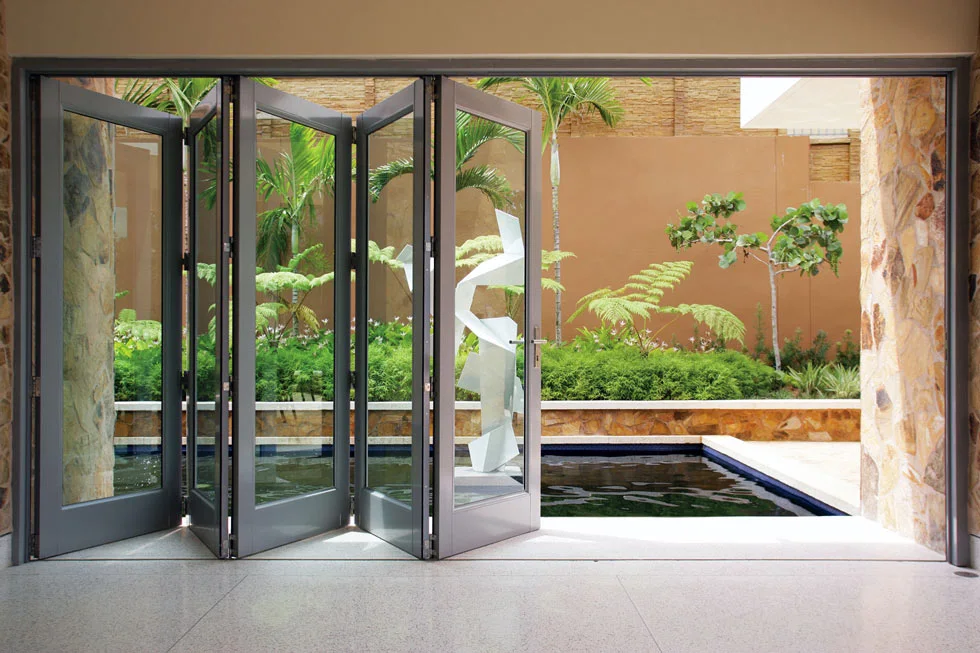Replacing an old or damaged door is one of the quickest ways to improve your home’s security, energy efficiency, and curb appeal. But many homeowners wonder—do I really need to replace the entire frame too? If the frame looks solid, skipping it can seem like a smart way to save time and money.

It’s true that in some cases, you can replace just the door without touching the frame. However, this depends on the condition and alignment of the existing frame. In this guide, we’ll explore when it’s possible, how to do it right, and when a full door unit replacement might be the better long-term solution.
Understanding the Door Frame

Before deciding whether to replace just the door, it’s important to understand what the door frame actually does. The frame isn’t just there to hold the door—it plays a major role in how well the door functions, seals, and protects your home.
The main parts of a standard door frame include:
Jambs: These are the two vertical sides of the frame that the door is mounted to. They house the hinges and the latch or lock.
Head: This is the top horizontal section of the frame that the door closes against.
Sill or threshold: Found at the bottom of exterior door frames, this part helps block drafts, moisture, and dirt.
Can You Replace Just the Door?

Yes—you can replace just the door without changing the frame, but only if the frame is in good shape. That means it needs to be undamaged, square, and structurally sound. If the frame is warped, cracked, or poorly aligned, a new door won’t function properly.
This approach works best with slab doors, which are just the door panel itself—no hinges or frame included. It’s not ideal with pre-hung doors, which come already attached to a new frame.
Replacing only the door can save time and money, especially if you want to keep the existing trim, casing, or architectural character of your home. But it’s not plug-and-play. You’ll need precise measurements and careful installation to make sure the new door fits and swings correctly.
Signs You Need to Replace the Frame Too

Sometimes, it’s not enough to swap out just the door—the frame may need replacing as well. Ignoring these signs can lead to poor insulation, security risks, and a misaligned door that just won’t work right.
Watch for these visual and functional red flags:
Rot, warping, cracks, or splinters in the wood or material
Loose hinges or hardware that won’t stay secure
Drafts or uneven gaps between the door and frame
The frame isn’t plumb or level, causing alignment issues
Difficulty opening or closing the door, even after adjustments
Step-by-Step: How to Replace a Door Without the Frame
Replacing just the door—without changing the frame—is a great way to refresh your home’s look while saving on labor and material costs. But it takes careful prep and precision. Here’s a step-by-step guide to help you do it right.
Step 1: Inspect and Confirm Frame Integrity

Before doing anything, make sure the existing frame is in good condition. Check that it’s not warped, cracked, or rotted, and that it’s still square and level. A solid frame is key to proper fit and function.
Step 2: Accurately Measure Door and Hardware Placements

Measure the height, width, and thickness of the old door. Then, note the exact locations of the hinges, latch, and handle. This ensures your new slab will align properly without extra drilling or chiseling.
Step 3: Buy a Compatible Slab Door

With measurements in hand, shop for a slab door—just the door panel, no frame. Choose one that matches your existing setup in size and swing direction (left or right-hand).
Step 4: Remove the Old Door Carefully

Unscrew the hinges from the old door and lift it out gently. Be cautious not to damage the frame, hinge screws, or surrounding trim, especially if you plan to reuse them.
Step 5: Prep the Frame

Clean the frame thoroughly. Remove dust, debris, and old caulking. Repair any minor dents or screw holes, and check that hinges are still securely attached.
Step 6: Hang the New Door

Align the new door on the hinges. If the hinge cutouts were pre-cut correctly, the door should sit flush. Check swing and latch alignment. You may need to trim or plane the edges slightly for a perfect fit.
Step 7: Add Finishing Touches

Once the door hangs well, seal any small gaps with weatherstripping or caulk. Paint or stain the door if needed, and reinstall the lockset and handle.
FAQs
1. What type of door should I buy for frame-only replacement?
You’ll need a slab door, not a pre-hung unit. Make sure it matches the size and hinge/latch placement of the old door.
2. Should I hire a professional or DIY this?
If you’re comfortable with measuring and basic carpentry, it’s a doable DIY. Otherwise, hiring a pro helps avoid fitment and alignment issues.
Conclusion

Replacing just a door without changing the frame is possible—and often practical—if the frame is in good shape. With proper measurements and care, you can refresh your entryway affordably while preserving your home’s existing structure and trim.
Ready to upgrade your door? Reach out to our team for expert advice, quality slab door options, and seamless installation support tailored to your home.





![Sliding glass door with broken glass ready for replacement - Replace Your Door Without Replacing Frame [December 2025] - APRO Sliding glass door with broken glass ready for replacement](https://aprowin.com/wp-content/uploads/2024/12/Sliding-glass-door-with-broken-glass-ready-for-replacement.webp)







